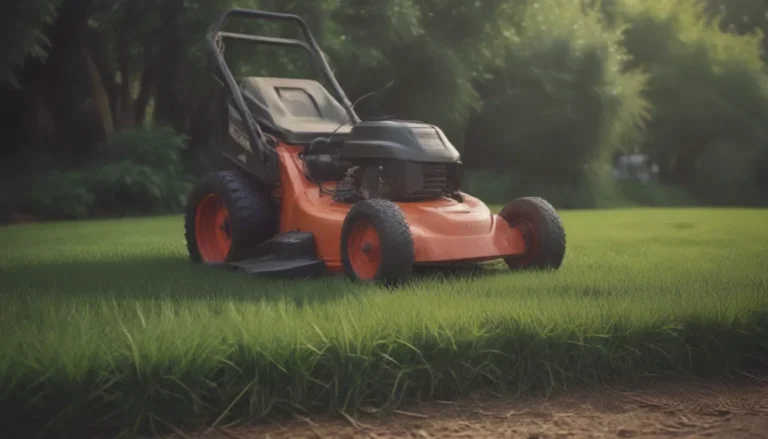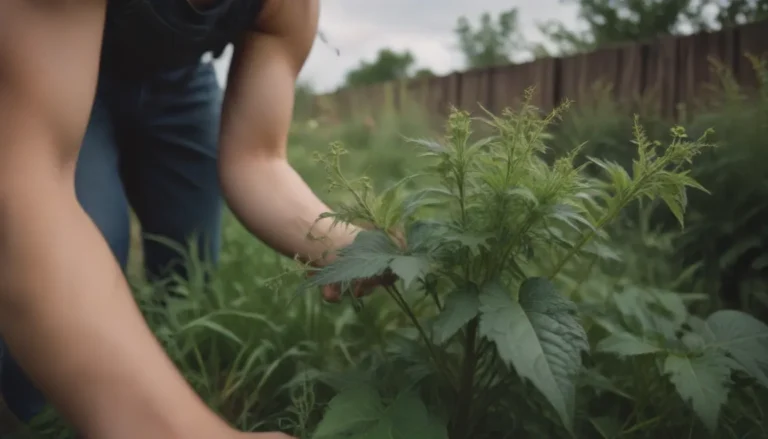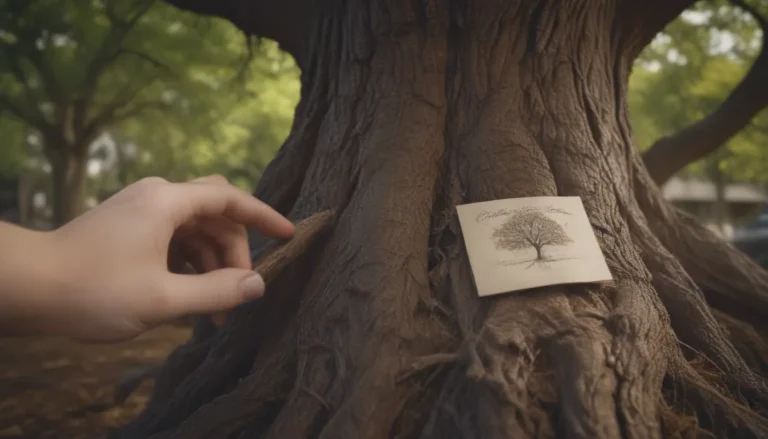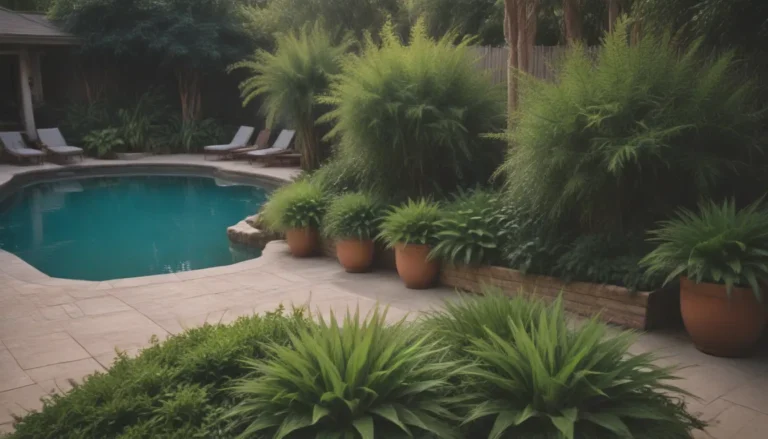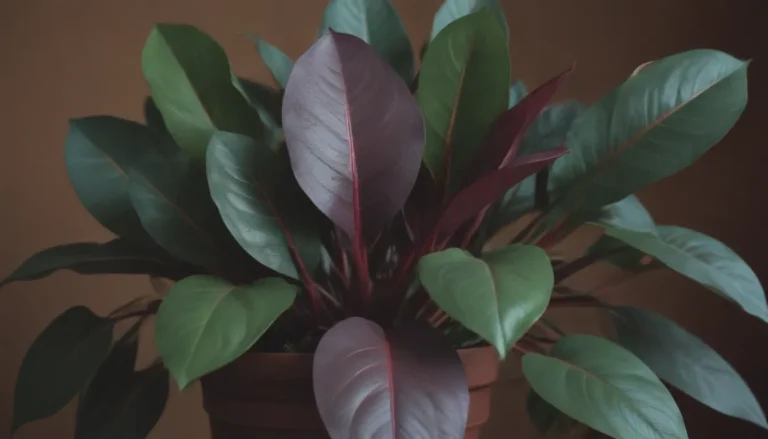The Importance of Pruning Your Trees and Shrubs
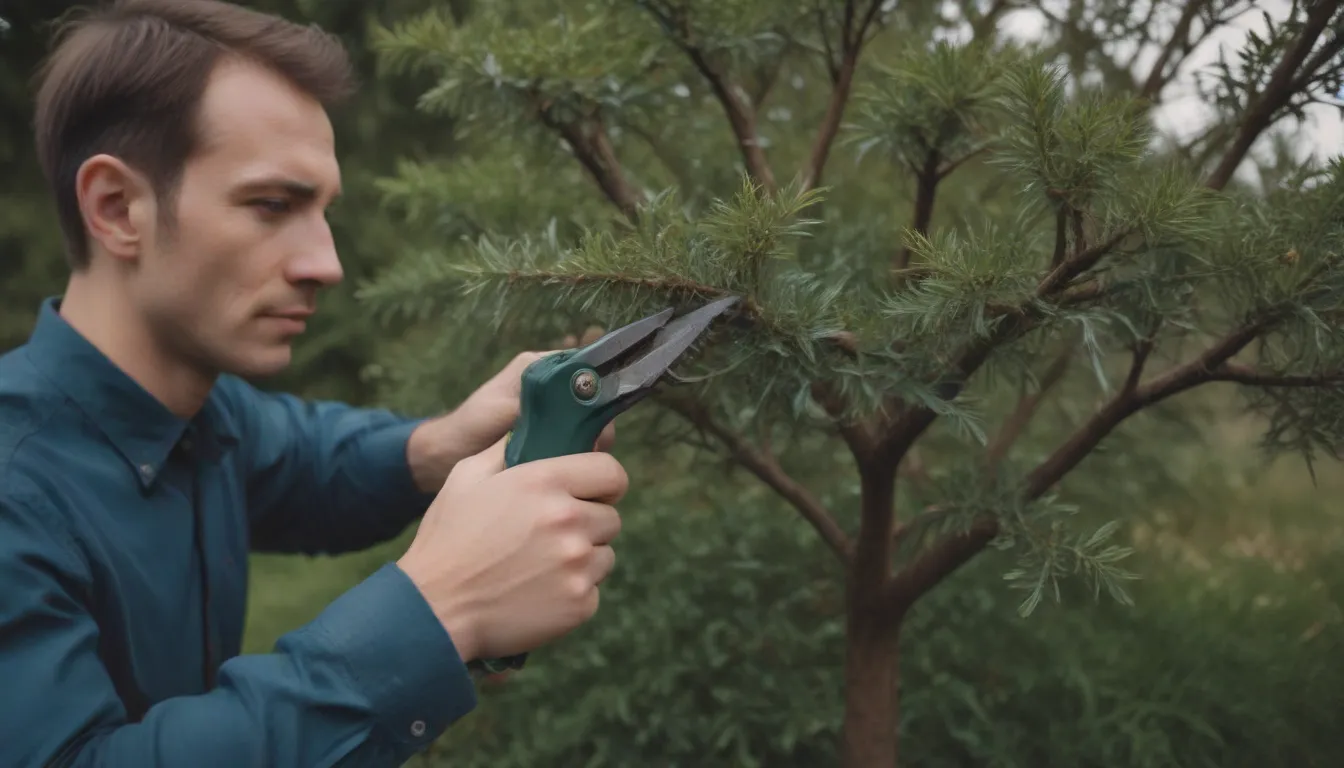
When it comes to taking care of your trees and shrubs, pruning is a task that should not be overlooked. While it may seem like a time-consuming chore, the benefits of proper pruning far outweigh the time and effort spent on it. In this comprehensive guide, we will explore what pruning is, its benefits, different types of pruning, required tools, and the best practices to ensure your trees and shrubs thrive. So, let’s dive in!
What Is Pruning?
Pruning is the deliberate removal of tree branches and limbs to achieve specific objectives such as altering a tree’s health and form. It is a crucial aspect of tree and shrub care that can significantly impact their lifespan, aesthetic appeal, and overall health. By following standardized guidelines, pruning can ensure that your plants stay healthy, safe, and visually appealing.
Benefits of Pruning
Pruning may seem like a daunting task, but the benefits it provides make it well worth the effort. Here are some key advantages of pruning your trees and shrubs:
- Increases tree health: Pruning promotes airflow and light penetration, helping the tree stay healthy.
- Removes hazards: By eliminating dead, damaged, and dying branches, pruning reduces the risk of hazards to people and structures.
- Enhances tree structure: Proper pruning can establish good form and structure for the tree, reducing the need to remove many dead branches later on.
- Maintains clearance: Pruning helps to ensure proper clearance for vehicles and pedestrians, as well as control sightlines.
- Improves aesthetics: By making selective cuts, pruning allows you to control the form and structure of the tree or shrub, enhancing its visual appeal.
Considering these reasons, it is clear that pruning plays a vital role in maintaining the health, safety, and aesthetics of your trees and shrubs. By investing time and resources in pruning, you are protecting your investment in your property and ensuring your plants thrive for years to come.
Types of Pruning
Professionals follow standards that guide them in determining the type of pruning needed for a tree or shrub. There are four main types of pruning that homeowners commonly use:
- Cleaning: Removing dead or diseased wood to improve the tree’s health.
- Thinning: Removing excess branches to increase light and airflow within the tree.
- Raising: Elevating the lower branches of the tree to provide clearance for vehicles and pedestrians.
- Reduction: Decreasing the size of the tree by selectively removing branches.
It is important to remember the 1/3 rule when pruning small woody shrubs – never remove more than 1/3 of the tree’s wood to avoid causing irreparable damage. For medium and large trees, a reduction of 15-20 percent is generally considered safe.
Pruning Tools
To effectively prune your trees and shrubs, you will need some specialized tools. Here are the essential tools you should have in your pruning toolkit:
- Hand pruners: Ideal for making small cuts up to about a quarter of an inch, hand pruners come in bypass and anvil blade varieties.
- Hand loppers: For cutting wood up to an inch and a half in diameter, hand loppers are essential tools that also come in bypass and anvil blade options.
- Pruning saw: Best for cutting wood larger than an inch and a half, pruning saws are available in various styles such as folding saws or those with curved blades.
In addition to these tools, make sure to invest in puncture-resistant work gloves, eye protection, and head protection if you plan to prune above your head. Keeping your tools clean is also crucial to prevent the spread of pathogens from one plant to another. Regularly clean your tools with rubbing alcohol or a bleach solution before and after use to maintain their effectiveness.
Best Time to Prune
The best time to prune most deciduous trees is in the winter when the tree is dormant. However, the timing may vary based on the species of tree, so it is essential to research the specific needs of your trees before pruning. Remember to never remove more than 1/3 of the tree or shrub to avoid damaging it.
Shearing vs. Pruning
It is important to differentiate between shearing and pruning when caring for your trees and shrubs. Shearing involves cutting off groups of live branches and stems to create form and shape for aesthetic purposes, while pruning selectively removes single branches to improve health, eliminate hazards, and enhance sightlines and right of way.
In conclusion, pruning your trees and shrubs is a critical task that should not be overlooked. By investing time and resources in proper pruning, you can ensure the health, safety, and aesthetics of your plants for years to come. Follow the guidelines outlined in this article, use the right tools, and remember to prune responsibly to enjoy the benefits of healthy and beautiful trees and shrubs in your garden.
